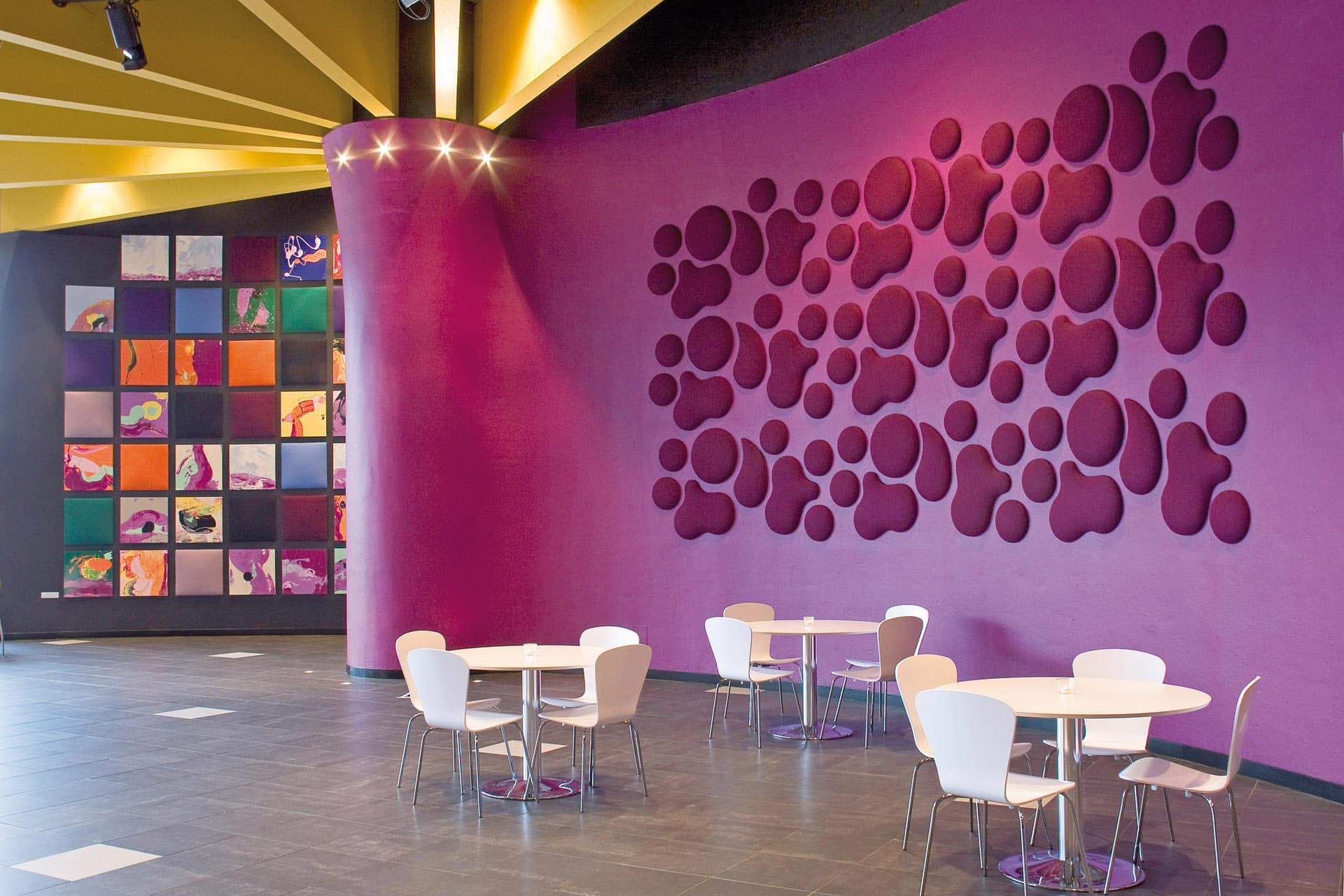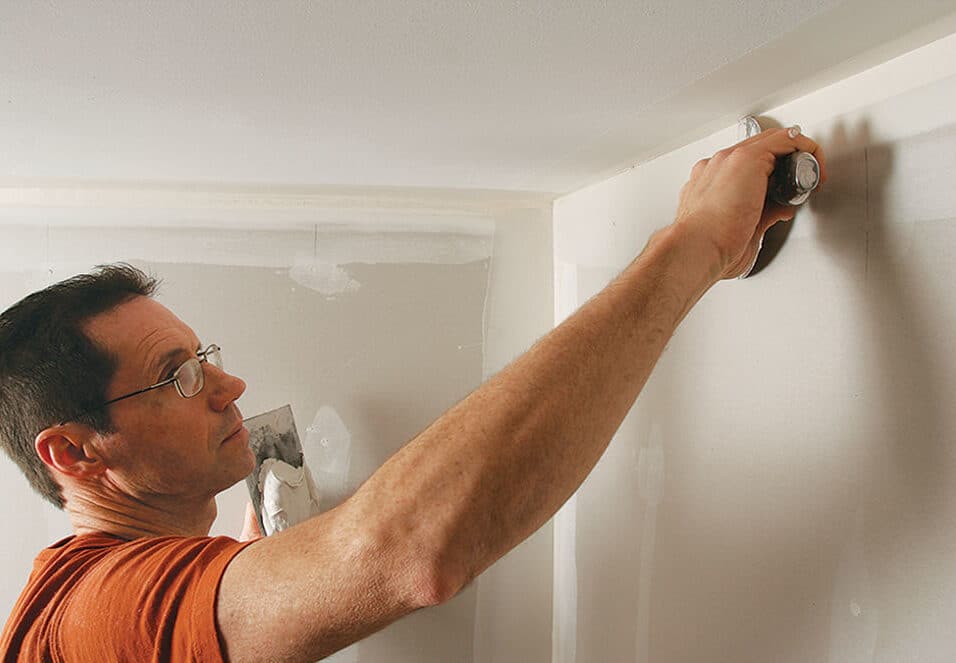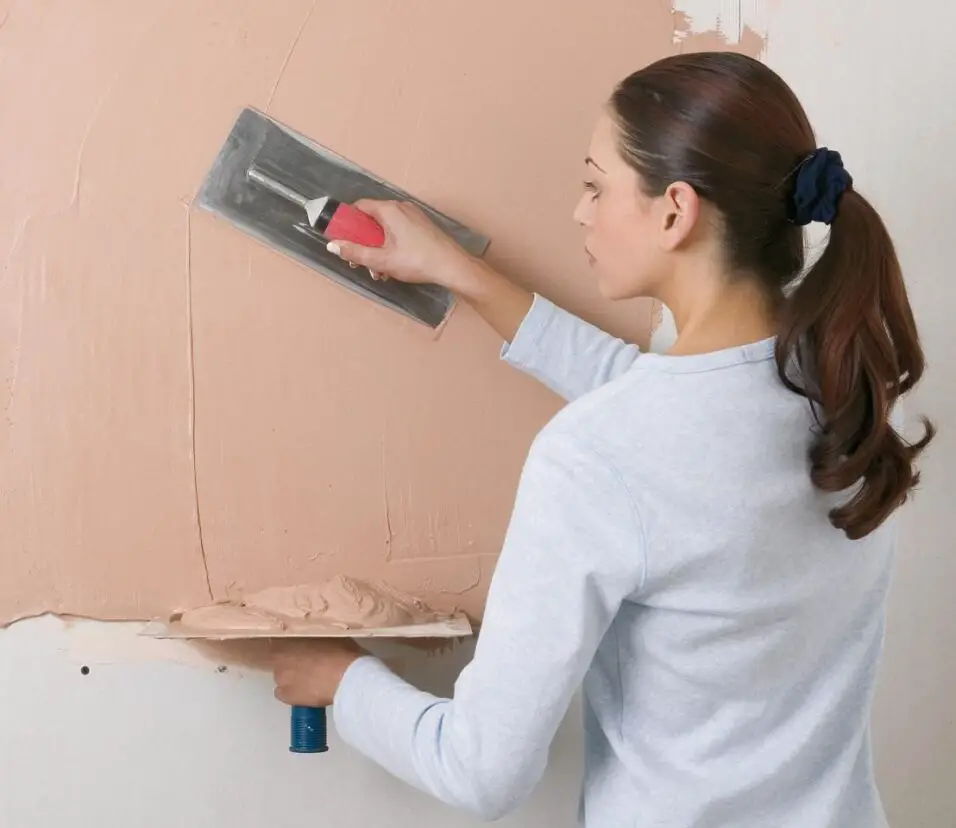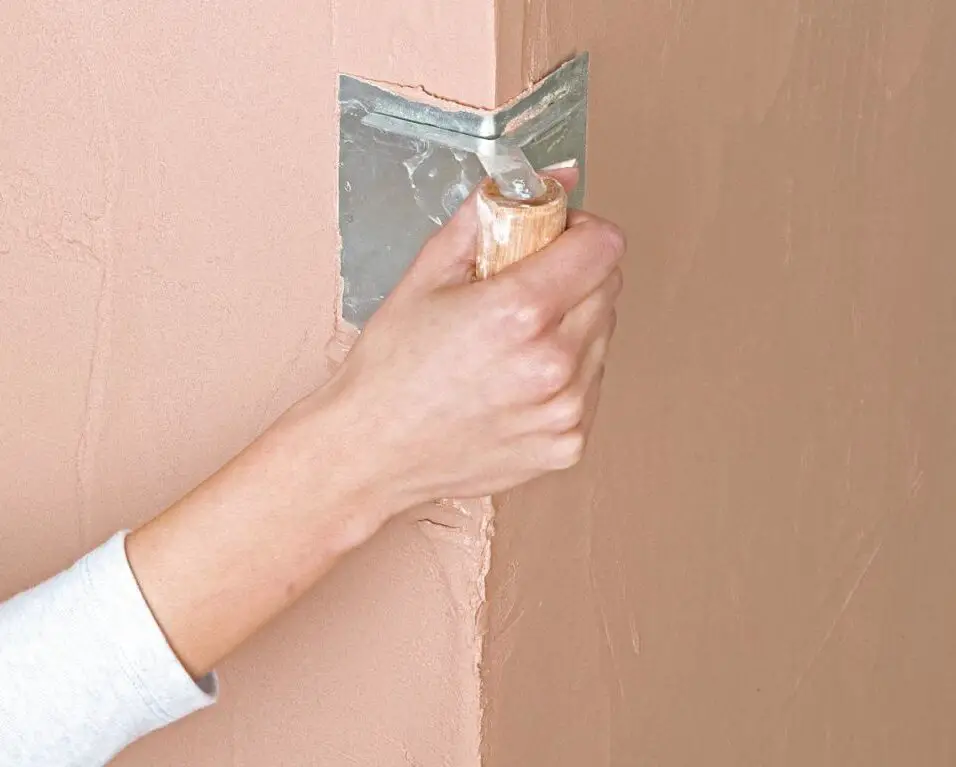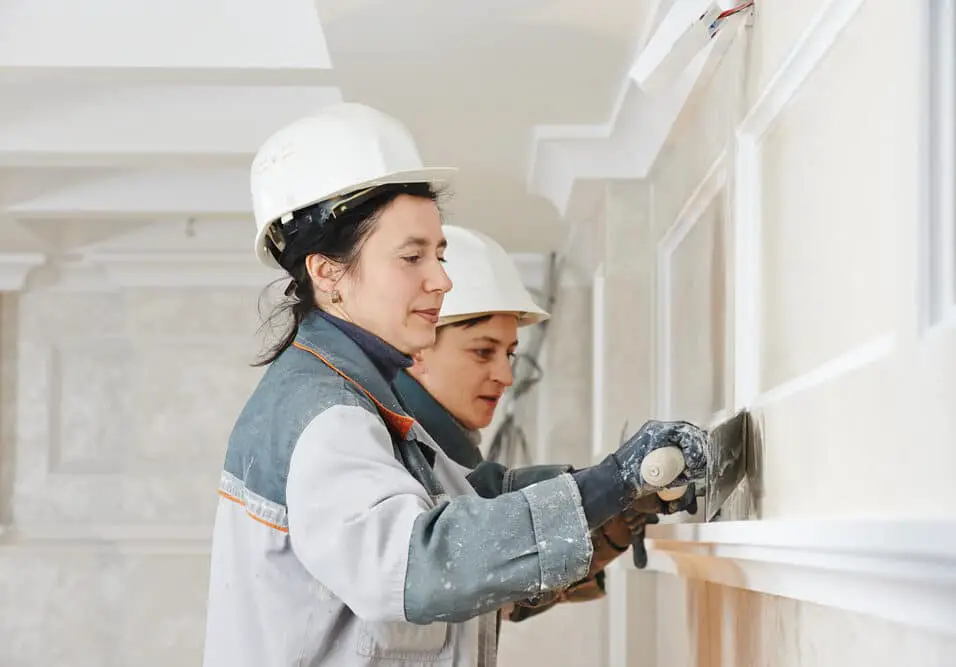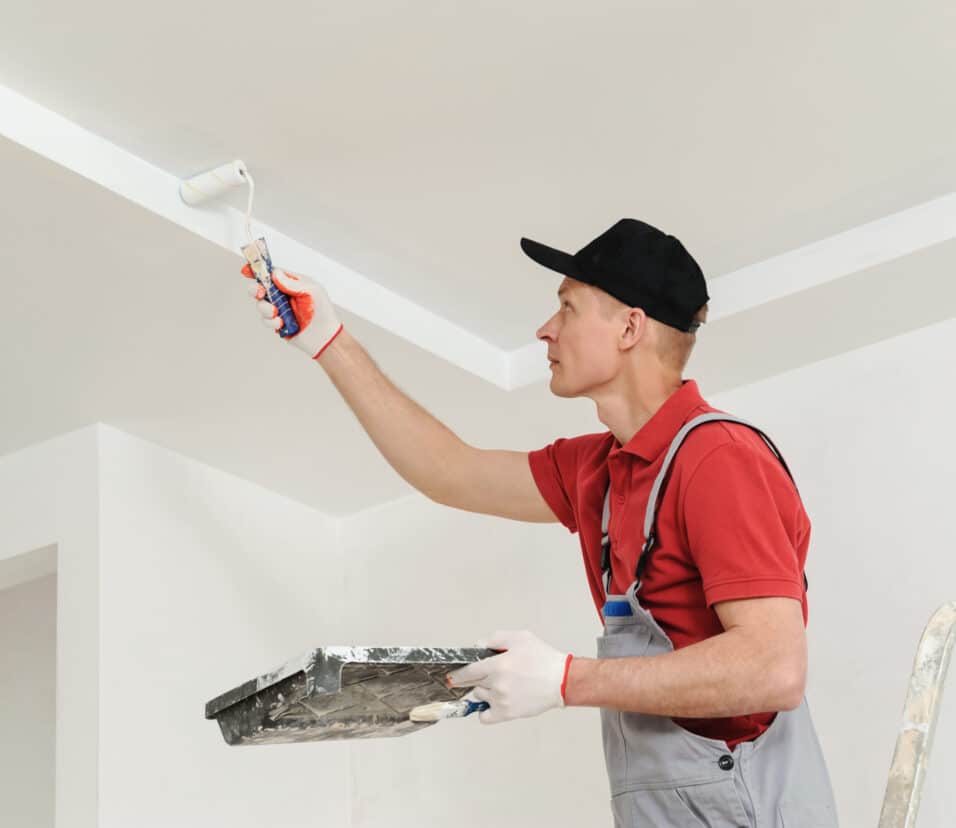How To Make Paneled Walls
Introduction
How To Make Paneled Walls: Paneled walls have a timeless appeal that can elevate the aesthetics of any room, whether it’s a cozy bedroom, a sophisticated dining area, or a welcoming living room. This DIY guide will take you on a journey through the art of creating stunning paneled walls that will leave your guests in awe.
Paneled walls have been a symbol of craftsmanship and architectural excellence for centuries. They provide a sense of depth, texture, and architectural interest that plain, flat walls simply cannot achieve. Whether you prefer the classic charm of traditional paneling or the sleek, modern lines of contemporary designs, this guide will cater to your style preferences and skill level.
Throughout this tutorial, we will explore various wall paneling techniques, from the intricate wainscoting of the past to the sleek, minimalist designs of today. We’ll walk you through the necessary tools, materials, and step-by-step instructions to help you bring your vision to life. So, roll up your sleeves, gather your supplies, and get ready to transform your space with the timeless beauty of paneled walls. Your journey to creating a stunning interior begins here!
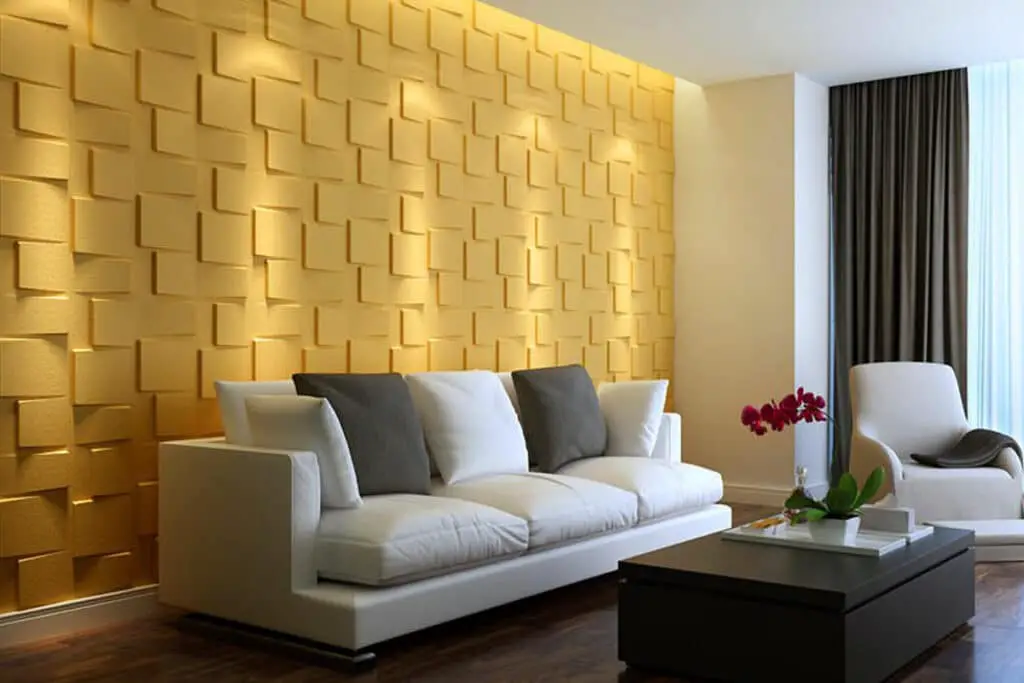
What material is used for wall paneling?
Touted as the best material for wall panelling, MDF offers a wide array of benefits. MDF stands for Medium Density Fiberboard which is strong yet can be easily moulded and finished to create artistic wall panel designs and patterns. If you love simple, clean designs then this MDF panelling is a must-have.
Wall paneling can be crafted from a variety of materials, each with its own unique aesthetic and functional qualities. Common materials for wall paneling include wood, MDF (Medium-Density Fiberboard), plywood, gypsum, and PVC.
Wooden paneling, such as oak, pine, or cedar, provides a warm and natural look, adding character to a room. MDF and plywood paneling are cost-effective alternatives that can mimic the appearance of real wood. Gypsum paneling is often used for a smooth, paintable surface, while PVC is known for its moisture resistance, making it suitable for areas like bathrooms. The choice of material depends on your budget, design preferences, and the specific requirements of the space you’re paneling.
Is Wall Panelling a good idea?
Panelling can be a great hallway idea for solving this, especially when used halfway up the wall where the majority of the scuffs occur. Not only does it protect the walls, but panelling can be painted in a hardier finish such as an eggshell or satin, which will fair better and be easier to clean.
Wall paneling is an excellent idea for several reasons. It can enhance the visual appeal of a room by adding texture, depth, and a touch of elegance. Paneling can also hide imperfections in existing walls and provide insulation and soundproofing benefits. Furthermore, it allows for creative design opportunities, from classic wainscoting to contemporary geometric patterns, enabling you to personalize your space to your liking.
In terms of functionality, wall paneling can be a practical choice for high-traffic areas, as it’s more resistant to wear and tear than painted walls. Additionally, it can add value to your home, making it a worthwhile investment for both aesthetic and practical reasons.
How is wall panelling done?
- Prep. The first step for installing paneling is to remove all wall plates, outlets
- and any nails in the wall. …
- Measure. To install sheet paneling, determine how many sheets you will need.
- Level.
- Trim to Fit.
- Cut Openings.
- Apply Adhesive.
- Use Finishing Nails.
Wall paneling involves several key steps:
Preparation: Ensure the wall surface is clean, dry, and free from defects. Remove any existing trim or baseboards.
Measure and Plan: Measure the wall’s dimensions and determine the panel layout. Decide on the type of paneling and its arrangement, whether it’s full-wall coverage or wainscoting.
Acquire Materials: Purchase the necessary materials, including panels, adhesive, nails, or screws. If you’re painting or finishing the panels, gather those materials as well.
Installation: Begin by attaching the panels to the wall using adhesive, nails, or screws, following your layout plan. Ensure panels are level and secure.
Finishing: Fill any gaps or seams with putty or caulk. Sand the panels to achieve a smooth finish if necessary. Finish with paint or stain to achieve the desired look.
Trim and Baseboards: Reinstall trim and baseboards to complete the project.
Is panelling a wall expensive?
Materials: Every material will be priced differently, for example, oak wall panels are very expensive. Size of panels: Larger panels will have a higher price point than smaller options, plus the labour cost will likely increase due to the more difficult, time-consuming installation.
The cost of wall paneling can vary widely depending on factors such as the type of material used, the size of the project, and whether you plan to hire a professional installer. Generally, wall paneling is available at various price points, making it adaptable to different budgets.
For a budget-friendly option, you can choose MDF or plywood paneling, which mimics the look of wood without the higher cost. Authentic wood paneling can be more expensive due to the type of wood used. Additionally, custom designs or intricate patterns may increase the cost.
Labor costs can also impact the overall expense. Installing wall paneling yourself can save money, but hiring a professional may be necessary for more complex designs or if you lack the required skills.
How long does panelling last?
Easily lasting around 20 years, high performance PVC cladding (like ours!) can last up to 50 years with the right care and attention. Our white PVC cladding products are guaranteed for up to 20 years against warping and cracking, and our coloured PVC cladding solutions come with a comprehensive 10-year guarantee.
The longevity of wall paneling depends on several factors, including the material used, the quality of installation, and the level of maintenance.
High-quality materials like solid wood or PVC can last for decades, even generations, with proper care. On the other hand, less durable materials like MDF may have a shorter lifespan, especially if they are subjected to moisture or physical damage.
The quality of installation is crucial. Panels that are securely attached and well-finished are more likely to endure over time. Regular maintenance, such as cleaning and refinishing when necessary, can also extend the life of wall paneling.
In summary, while the lifespan of wall paneling can vary, choosing quality materials, ensuring proper installation, and performing routine maintenance can help maximize its durability.
How thick should panelling be?
MDF panels are available in a wide range of thicknesses, making it easy to choose the one that best fits your style. For most, panels between 6mm and 18 mm are ideal. Some of the most popular styles include slabs of MDF, raised or recessed panels, and shaker-style panels.
The thickness of paneling can vary depending on several factors, including the type of paneling, its intended use, and your personal preference. Here are some general guidelines for different types of paneling:
Wall Paneling:
- Thin Wall Paneling: Thin wall paneling, often made from materials like MDF (Medium-Density Fiberboard) or plywood, is typically around 1/8 to 1/4 inch thick. This type of paneling is often used for decorative purposes or to cover existing walls.
- Thicker Wall Paneling: For a more substantial and durable look, you can use thicker wall paneling, which may range from 1/4 to 3/4 inches thick or even thicker. This is often chosen for a rustic or traditional appearance.
Wainscoting:
Wainscoting Paneling: Wainscoting paneling, which is installed on the lower portion of walls, is often around 1/4 to 3/8 inches thick. This thickness provides a good balance between durability and aesthetics.
Ceiling Paneling:
Ceiling Paneling: Ceiling paneling, such as beadboard or tongue-and-groove planks, can range from 1/4 to 3/4 inches thick. Thicker paneling may be preferred for added insulation and soundproofing.
Floor Paneling:
Flooring Paneling: If you’re using paneling as a flooring material, it should be significantly thicker, usually around 1/2 to 3/4 inches or more, depending on the material. Thicker flooring paneling is more durable and can withstand foot traffic.
Exterior Siding:
Exterior Paneling/Siding: For exterior applications, paneling should be thicker and more weather-resistant. Common exterior siding materials like vinyl, wood, or fiber cement can range from 1/4 to 3/4 inches or more, depending on the specific product.
Cabinet Paneling:
Cabinet Paneling: Cabinet paneling, such as the material used for cabinet doors and sides, is often between 1/4 to 3/4 inches thick, depending on the style and design of the cabinets.
Ultimately, the choice of paneling thickness depends on your project’s requirements and the aesthetic you want to achieve. Thicker paneling tends to be more durable and provides better insulation, while thinner paneling is easier to work with and may be more suitable for decorative purposes. It’s essential to consider the application and consult product specifications and local building codes if applicable to ensure you select the appropriate thickness for your project.
Is wall panelling waterproof?
To summarise, not all bathroom wall panels are waterproof. To find those that are, you should look for a waterproof material like PVC, along with a simple installation process, ideally one which you can do yourself to keep costs down. In terms of importance, these criteria are pretty much non-negotiable.
Wall paneling can be either waterproof or water-resistant, depending on the material used. Here’s a breakdown of the most common wall paneling materials and their water resistance properties:
Waterproof Wall Paneling:
PVC (Polyvinyl Chloride): PVC wall panels are inherently waterproof. PVC panels are durable and easy to clean, and they provide a waterproof barrier to protect the underlying wall.
Fiberglass-Reinforced Panels: These panels, often used in commercial settings, are waterproof and highly resistant to moisture.
Water-Resistant Wall Paneling:
Tileboard: Tileboard is a water-resistant wall paneling material made of high-density fiberboard (HDF) or MDF with a melamine or acrylic top layer that resembles ceramic tile.
Wainscoting Panels: Some wood-based wainscoting panels may have a water-resistant finish, but they are not entirely waterproof. They can withstand occasional splashes and humidity but are not suitable for direct water exposure.
Non-Water-Resistant Wall Paneling:
Solid Wood: Moisture can harm solid wood panels.
MDF (Medium-Density Fiberboard): MDF is not naturally water-resistant and can swell or warp when exposed to moisture. However, some MDF panels are treated with moisture-resistant coatings, which can provide some protection in low-moisture areas.
It’s crucial to select wall paneling materials that match the specific needs of the room or area you are working on. For wet or high-moisture areas like bathrooms and kitchens, it’s best to opt for waterproof or highly water-resistant materials like PVC or fiberglass-reinforced panels. In other areas with lower moisture levels, you may have more flexibility in your choice of wall paneling materials. Always follow manufacturer recommendations and properly seal or finish paneling as needed to enhance its water resistance and longevity.
Which board is best for wall panelling?
The most common and budget-friendly decorative wall panel is Medium-density fibreboard (MDF) or composite wood because it is formed by joining hardwood or softwood residuals and resins under high temperature and pressure. MDF panels are stronger and denser than particleboard.
The best board for wall paneling depends on your specific needs, budget, and design preferences. Here are some common options to consider:
Solid Wood: Solid wood panels, such as oak, pine, or cedar, provide a timeless and elegant look. They are highly durable and can last for generations. Solid wood is an excellent choice if you want a natural, rich appearance. However, it can be more expensive than other options and may require more maintenance to prevent warping or cracking, especially in high-humidity areas.
It’s an affordable option that can mimic the look of real wood. MDF panels are smooth and uniform, making them suitable for painting or veneering. They are less susceptible to warping or splitting than solid wood, but they are not as moisture-resistant.
Plywood: It’s a sturdy and cost-effective option for wall paneling. While plywood is more moisture-resistant than MDF, it may still require sealing or finishing in wet environments.
Gypsum (Drywall): Gypsum board, commonly known as drywall or sheetrock, is a popular choice for wall paneling in modern construction. It provides a smooth, paintable surface.
PVC is waterproof and highly durable. It comes in various styles, including decorative options that mimic the look of wood or other materials. PVC panels are easy to clean and maintain. Keep in mind that some projects may even combine different materials for a unique and customized look.
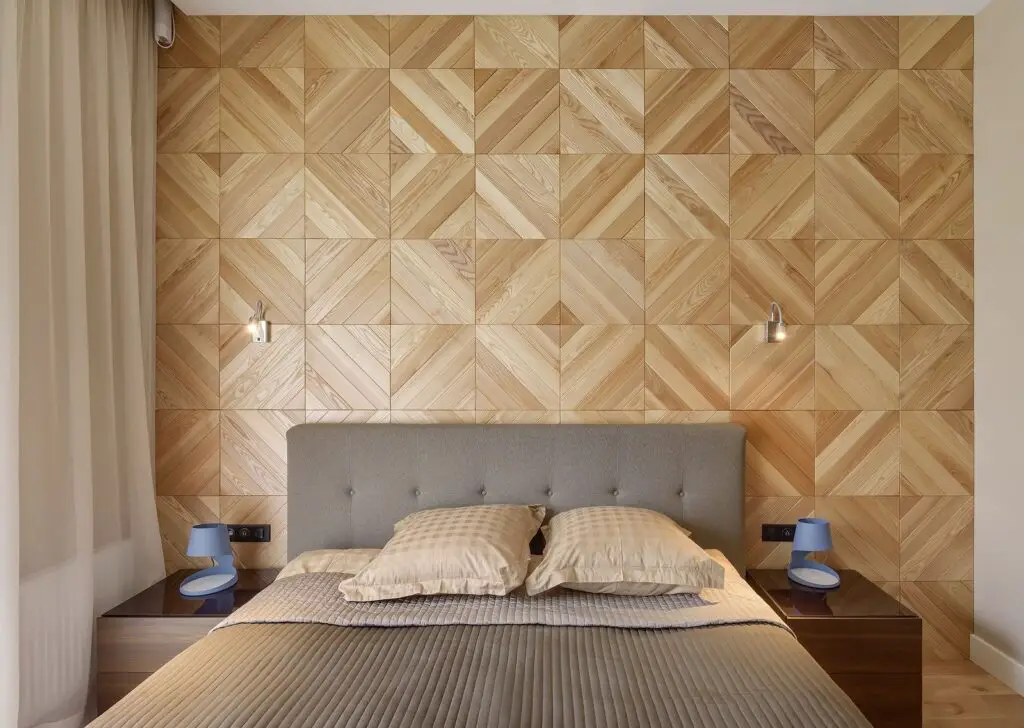
Conclusion
Crafting paneled walls is a rewarding endeavor that can truly transform your living spaces. Throughout this guide, we’ve explored the art and technique behind creating these timeless architectural features. Paneled walls, with their ability to add depth, texture, and sophistication, have stood the test of time and continue to be a symbol of timeless elegance in interior design.
As you’ve discovered, the process of making paneled walls encompasses a wide range of styles and methods, from the classic wainscoting that exudes traditional charm to the sleek, contemporary designs that embody modern sophistication. No matter your preference, the beauty of paneled dry walls lies in their adaptability to various aesthetics and personal tastes.
We’ve taught you about necessary tools and supplies and offered step-by-step directions for creation. Remember, this journey is about adding your particular flair, workmanship, and originality to your home, not just improving its appearance. Paneled walls are more than decor—they express your vision and commitment to personalizing your area. Let your paneled walls express your style and personality.



